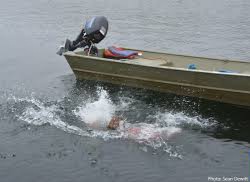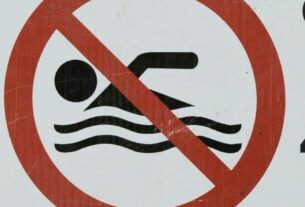**** Canadian Red Cross Release
Boating Safety Equipment Requirements
Along with your Pleasure Craft Operator Card, you are required by law to carry marine safety equipment. At a bare minimum, you should always have with you:
- Canadian-approved flotation device or lifejacket of appropriate size for each passenger on board
- Buoyant heaving line at least 15 metres in length
- Watertight flashlight OR Canadian approved flares – Type A,B or C
- Sound-signaling device
- Manual propelling device (i.e. paddle) OR an anchor with at least 15 metres of rope, chain or cable
- Bailer OR manual water pump
- Class 5 BC fire extinguisher
For more information, please refer to the Office of Boating Safety
In addition to the safety equipment listed above, we highly recommend that you carry the following items – enough for everyone on board:
- First Aid Kit
- Drinking water
- Sun-screen
- Hat
- Sunglasses
- Dry clothing (i.e. long-sleeved shirt)
- Snacks
- Waterproof matches
- Knife
Alcohol & Drugs Awareness
Every year hundreds of people die as a result of boating-related activities. Almost 65% of these deaths involve the use of alcohol.
There is no safe way to mix alcohol and drugs with boating.
Boat Smart… Boat Sober!
The Facts
Many people who would never drive their car after drinking alcohol or using drugs, don’t think twice about combining boating and alcohol or drugs.
- 37% of boaters in Canada admit to consuming alcohol every time they boat.
- 66% report they drink alcohol sometimes when boating.
- Alcohol is a factor in over 40% of recreational boating fatalities.
Many people think it’s okay to drink and boat – but it’s not. Drinking or using drugs while boating is just as illegal as driving while impaired, and can be even more dangerous.
Alcohol & the Boater
How can alcohol affect the boater?
- Alcohol is alcohol: 341 ml (12 oz) of beer = 142 ml (5 oz) of wine = 43 ml (1.5 oz) of spirits
Alcohol:
- diminishes judgment and the ability to process information,
- reduces motor skills, peripheral vision and balance,
- slows reaction and reflex response time,
- reduces depth perception, vision and focus,
- disturbs the inner ear thus reducing your ability to distinguish the water surface if you fall in, and
- accelerates hypothermia.
Be Responsible
- Wait until you are off the water before consuming alcohol. Remember, if you drink after a day of boating, be sure you have a designated driver for your vehicle.
- A person who has consumed alcohol or drugs should not be operating a boat
- Provide non-alcoholic beverages for boat operators and passengers.
- Wear lifejackets or Personal Flotation Devices (PFDs). It’s the law to carry one that fits each person in the vessel, but Red Cross recommends wearing it every trip, for the whole trip.
Weather Conditions
- Are you aware of the weather and water conditions and any hazards that may affect your trip? Plan ahead! The operator and all passengers should be well prepared. Work together and share the duties necessary to prepare.
- To prepare a safe day on the water, you should always run through a Pre-departure Checklist. Click here to download your free copy!
- Visit The Weather Network for information on weather in your area.




